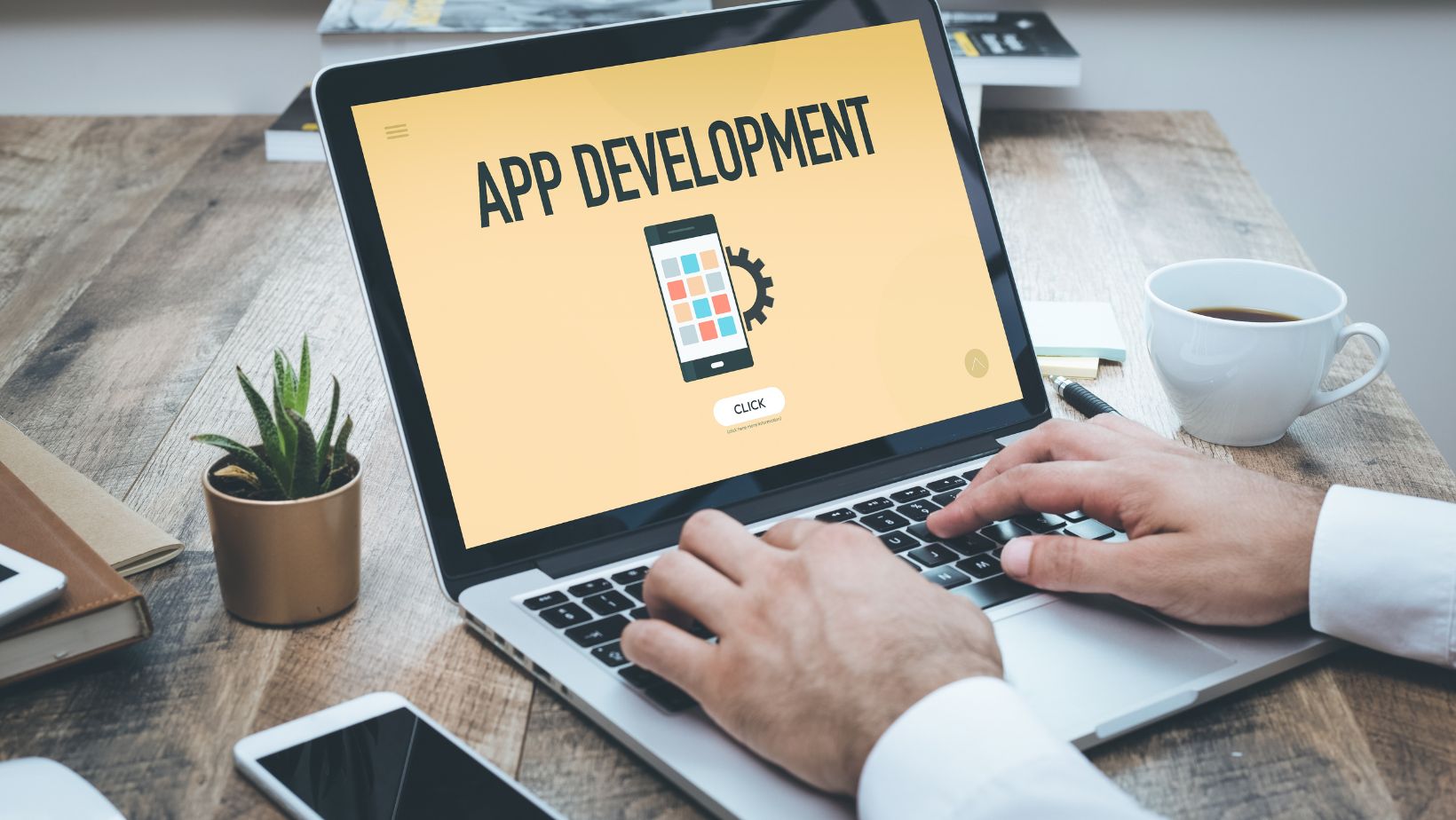The app development landscape is undergoing a seismic shift. Artificial intelligence (AI) tools, like AI agents have become indispensable partners in coding, testing, and deployment. From predicting your next line of code to catching elusive bugs, these systems aren’t just streamlining workflows—they’re redefining what’s possible in software creation.
Smarter Apps, Smarter Development
Traditional manual coding and testing approaches are rapidly evolving. Today’s developers leverage AI-powered algorithms that adapt in real-time, learning from both user behavior and performance metrics to optimize multiple aspects of the development process. This intelligence extends beyond the core application itself to supporting technologies like ASO services, which use AI to analyze search patterns and user acquisition metrics, helping applications gain visibility in increasingly competitive marketplaces.
Consider a coding assistant that anticipates needs by suggesting appropriate functions before you finish typing, or testing suites capable of identifying potential issues across countless user scenarios—far beyond what human teams could manually evaluate. This represents the current state of AI-enhanced app development.
The impact extends beyond efficiency gains. AI is transforming core development approaches:
- Predictive analytics help you anticipate user needs, leading to more intuitive interfaces and features.
- Collaborative AI platforms revolutionize team dynamics, enabling faster iterations and smarter code reviews.
- Automated decision-making systems streamline workflows, freeing up mental bandwidth for innovative thinking.
The result? Apps that are not just faster to build, but smarter, more responsive, and better aligned with user needs.
AI as Your Coding Companion
Modern integrated development environments (IDEs) have evolved significantly, offering capabilities comparable to pairing with an experienced programmer:
- Contextual Code Completion: AI analyzes project structure and individual coding style to offer relevant suggestions that frequently anticipate developer intentions. Tools like GitHub Copilot and TabNine maintain creative flow while boosting productivity.
- Real-Time Bug Detection: Advanced static analysis tools like DeepCode and Amazon CodeGuru scan code continuously, identifying potential issues before they become problematic. This dramatically reduces debugging time and improves overall code quality.
- Automated Refactoring: Tools such as IntelliJ IDEA’s AI-powered refactoring features suggest optimizations and implement common code improvements automatically, helping maintain clean and efficient codebases.
- Natural Language Code Generation: Systems like OpenAI’s Codex allow developers to describe requirements in plain English and generate functional code snippets or modules based on those specifications.
These tools complement rather than replace human creativity—they amplify it by handling routine tasks while developers focus on high-level architecture and innovative solutions.
Testing That Learns and Adapts
Quality assurance methodologies have been transformed by AI-powered testing tools:
- Intelligent Test Generation: Platforms like Testim and Functionize analyze application structure and user flows to create comprehensive test scenarios, often discovering edge cases human testers might overlook.
- Predictive Issue Detection: Machine learning models process extensive datasets to identify potential bugs or performance issues before user impact occurs. Companies like Applitools use AI for visual testing that surpasses traditional methods.
- Automated Performance Optimization: Systems like Google’s Firebase Performance Monitoring use AI to track application behavior across devices and conditions, providing specific recommendations to enhance stability and user experience.
- Continuous Learning: These testing frameworks improve over time, adapting to specific application characteristics and user bases for increasingly accurate and relevant testing outcomes.
The result is more robust, stable applications with significantly fewer post-launch issues.
Designing for Humans, Powered by AI
User interface (UI) and user experience (UX) design benefit substantially from AI-driven insights:
- Personalized Experiences: Tools like Dynamic Yield analyze individual behavior patterns to suggest interface customizations that resonate with different user segments.
- Data-Driven A/B Testing: AI algorithms predict which design variations are likely to perform best, accelerating the optimization process. Platforms like Evolv use machine learning to test multiple variations simultaneously.
- Interaction Pattern Analysis: By processing large volumes of user interaction data, AI systems uncover meaningful patterns in application navigation, informing more intuitive design decisions.

This approach leads to interfaces that feel more natural and applications that adapt effectively to user preferences over time.
Boosting App Store Success
The benefits of AI-enhanced development extend to marketplace performance:
- Enhanced Visibility: More stable, user-friendly applications naturally achieve better store rankings and reviews, improving organic discovery. AI-powered App Store Optimization services can analyze market trends and user behavior to further refine keywords, screenshots, and descriptions for maximum visibility.
- Rapid Iteration: AI-driven analytics enable quick identification and implementation of changes that improve user retention and satisfaction.
- Competitive Analysis: AI tools can analyze competitor applications to identify feature gaps and opportunities for differentiation.
The Future of AI in App Creation
Looking ahead, three significant trends are emerging:
- Advanced Code Generation: AI will handle increasingly complex coding tasks, potentially generating entire functional modules based on high-level specifications. Tools like AlphaCode from DeepMind represent early steps in this direction.
- Predictive UX Design: AI systems will anticipate user needs with greater accuracy, potentially adjusting interfaces in real time to create highly personalized experiences.
- Continuous Optimization: Applications will leverage AI for constant performance refinement based on real-world usage data, evolving to meet user needs with minimal manual intervention.
This AI-driven future promises more intelligent, responsive, and user-centric applications. However, it also raises important considerations regarding ethics, privacy, developer roles, and the balance between automation and human creativity.
Challenges and Considerations
Despite these advancements, several challenges remain:
- Technical Limitations: Current AI tools sometimes struggle with highly specialized or novel programming tasks
- Integration Complexity: Incorporating AI into existing development workflows requires careful planning and training
- Quality Control: Human oversight remains essential to ensure AI-generated code meets security and performance standards
- Skills Evolution: Developers must adapt their skill sets to effectively collaborate with AI systems
Conclusion
The app development landscape is transforming rapidly. By embracing AI as a collaborative partner rather than a replacement, developers can create smarter, more intuitive applications that better serve user needs. The future of app creation is increasingly AI-enhanced—offering exciting opportunities and meaningful challenges for development teams worldwide.

